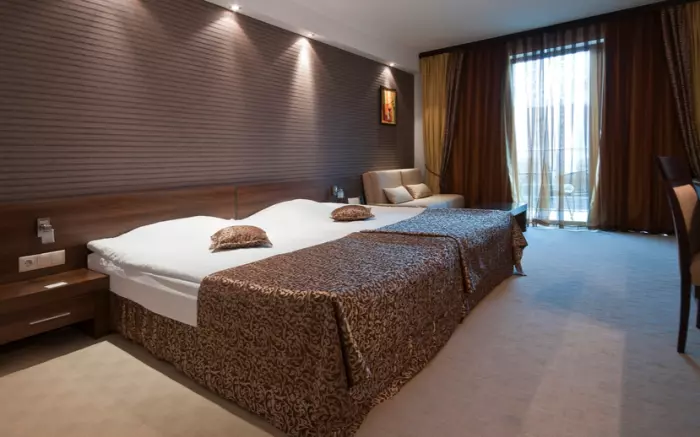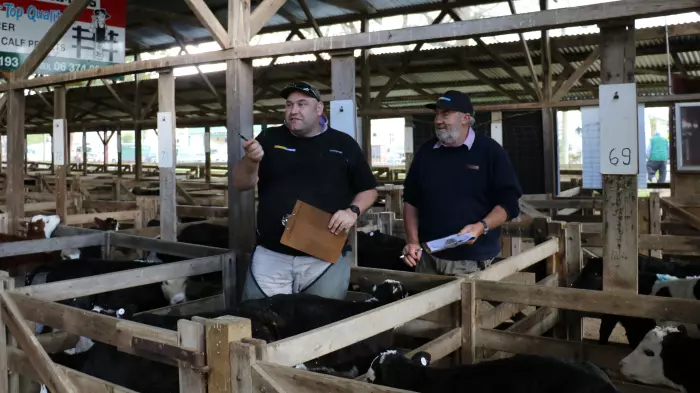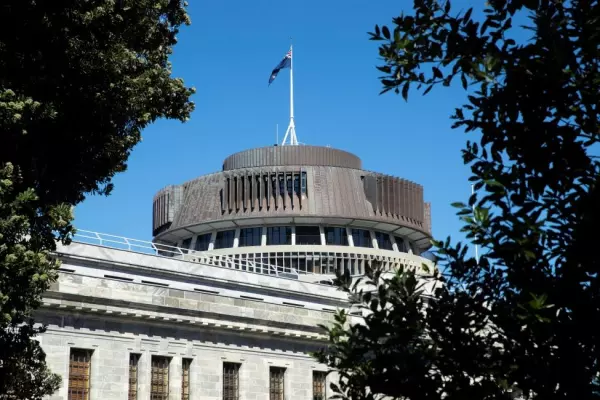New Zealand's managed isolation and quarantine (MIQ) system is finally winding down. Just a handful of people are currently in the facilities that collectively accommodated 230,000 people over the past two years.
After an initial period in 2020, in which the system was able to consistently accommodate about 6,000 people at any one time, it began to contract, leading to a growing backlog of people unable to enter the country.
Between August 2020 and April 6 2021, 111,000 people went through MIQ – an average of 471 each day.
But between the announcement of the travel bubble with Australia on April 6 last year and the announcement of a phased border re-opening on Feb 3 this year, the daily average was 30% lower at 327.
Because the latter period included the Australian travel bubble, some of those who would otherwise have needed MIQ were able to skip it.
But it also included the start of the delta outbreak, in which hundreds of beds in MIQ were occupied by community cases, and the period after November last year when MIQ isolation was reduced to seven days (and later bumped up to 10 days as a response to omicron) from the initial 14-day period.
Delta disruption
Labour shortages began to bite as we entered the second year of the pandemic. This led to some 500 MIQ spots per fortnight being reserved for skilled workers and seasonal workers in May 2021.
Otherwise, the squeeze on MIQ's capacity was mostly the result of decisions made to stop or limit the spread of delta.
The first sign of what lay ahead came in April 2021 when the government announced it would temporarily close the border to all arrivals from India following a spike in covid positive arrivals.
The Australian travel bubble opened at about the same time. This also coincided with the introduction of a 'cohorting' system, in which a hotel is open to new arrivals for 96 hours, before being shut off until everyone has cleared the facility covid-free. The idea was that this would prevent new arrivals from infecting people who were at the end of their stays.
The extra capacity that was freed up by the bubble helped to make cohorting possible, but it reduced MIQ capacity by up to 15% – and remained in place permanently even as demand for MIQ spots increased.
The government also set aside 500 rooms as a contingency when the Australian bubble opened.
Within a couple of months of the bubble opening, delta had begun to take hold in Australia. The bubble closed at the end of July. This marked the beginning of the real squeeze on MIQ.
Australian returnees were now back in MIQ, and within weeks delta was in the NZ community anyway.
Two decisions that followed severely curtailed capacity for overseas arrivals: community cases began filling up MIQ beds, and then the decision was made to suspend the release of new rooms to people coming in from overseas.
This lasted from Aug 23 to Sept 20 last year, when the first MIQ virtual lobby lottery took place.
And as New Zealand became slightly more open to the world, a similar number of spots were set aside for sports teams, cultural and business events, further reducing space for other returnees.
And, as first reported by BusinessDesk in July 2021, at any one time hundreds of rooms that were booked were never actually used.
The upshot
The extent of the backlog created by all this can be seen in the statistics from the 13 virtual lobby room releases, especially last September and October when up to 30,000 people waited in a virtual queue competing for 5,000 to 6,000 MIQ spots.
The impact is also clear from the migration statistics, which show a big drop off in the number of long-term arrivals during the start of NZ's delta outbreak and through the second half of 2021.















